You thought I was done with Japanese tanks!? Well think again because there are plenty more to come ![]() Japan was the only country during the war to operationally use mass produced tanks that were specifically designed to be amphibious. These tanks are now buildable in D-day, allowing Japan strike swiftly on both land and sea.
Japan was the only country during the war to operationally use mass produced tanks that were specifically designed to be amphibious. These tanks are now buildable in D-day, allowing Japan strike swiftly on both land and sea.
To see more information, diagrams and photos of these units click on the images to go to their Wiki pages.
SR I-Go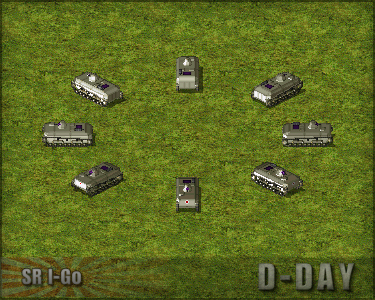
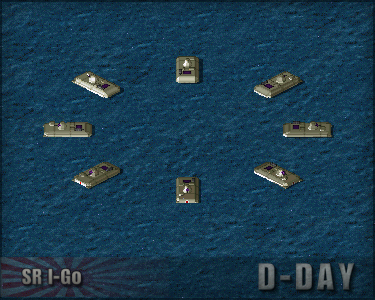
The SR I-Go was the Imperial Japanese Army's second Amphibious tank design, the prototype was finished in 1934. It was a large box shaped vehicle separated into several watertight sections, this gave it the ability to stay afloat even if the hull had been penetrated in one or more places. Testing showed it was quite buoyant but it's 70hp engine was only able to propel it to a max speed of 9km/h after a long period of acceleration. The steering in water was also unreliable in anything other then calm waters. Because of these reasons development was stopped an work moved on to a new design.
SR Ro-Go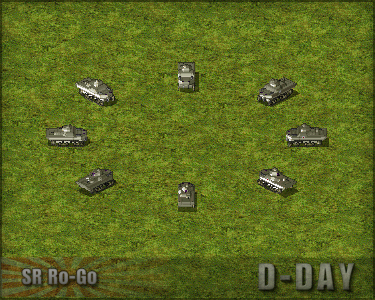

Following the failure of the SR I-Go work quickly moved onto a completely new design. It was a smaller more compact vehicle using a new Horstmann type suspension system, a boat shaped bow was used to increase acceleration and two propellers with rudders were used greatly increasing performance in water. A small amount were built in 1935 and sent to China, one of them was later captured in Manchuria by Soviet troops.
Type 2 Ka-Mi
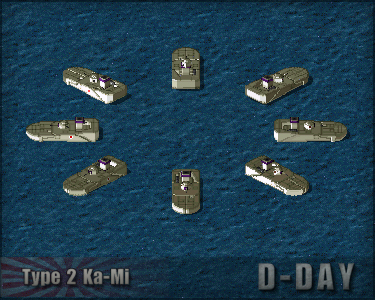
The Type 2 Ka-Mi was he Imperial Japanese Navy's first amphibious tank. Based on the Imperial Japanese Army's Type 95 Ha-Go, it was heavily modified with a completely new welded hull with rubber seals making it watertight. Large hollow pontoons were attached to the front and rear to make it buoyant, the pontoons could be quickly detached by the crew from within the tank once it had reached land, sometimes they were kept attached to add an additional layer of armour but this reduced maneuverability. Production of the Ka-Mi started in 1942 after Japans initial amphibious attacks in the pacific. Soon after Japan was forced onto the defensive so the Ka-Mi was never used in it's original role, instead they were mainly used to support isolated garrison on small islands, often being dug into the ground and used as pillboxes.
Type 3 Ka-Chi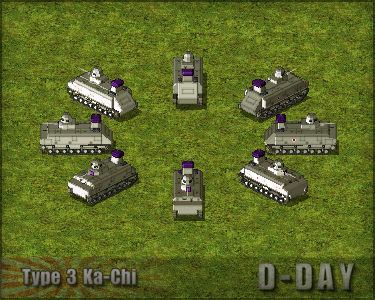

With the success of the Type 2 Ka-Mi the Imperial Japanese Navy started work on designing a larger vehicle with stronger armor and armament. To speed up development many parts from the new Type 1 Chi-He were used. Type 3 Ka-Chi entered service in late 1943 but by 1944 Japan was on the defensive and there were no planes for future amphibious assaults so production of the Ka-Chi was a very low priority, only 19 were built by the end of the war in 1945.
Type 4 Ka-Tsu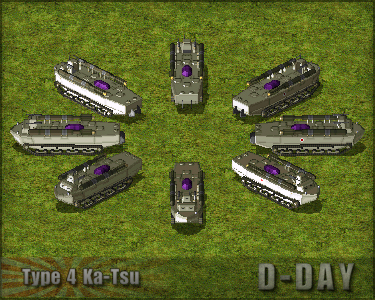
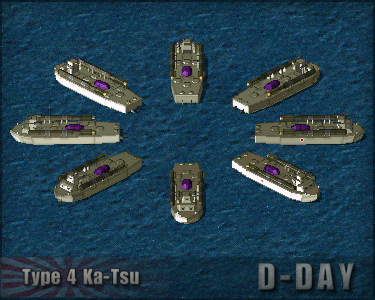
Experiences during the beginning of the war showed that landing craft were quite vulnerable to attack and were not suited to resupplying Japanese garrisons on smaller island that were cut off from supply. So in 1943 work started on an armored amphibious cargo tractor that could be transported by submarine to the besieged islands. The prototype was ready by the end of 1943 and was tested until March 1944. Soon after plans were made to use the Ka-Tsu to attack Allied ships anchored in atolls that were protected by the outer reefs. The Ka-Tsu however could simply drive over the reef and then back into the water on the other side to attack the now vulnerable ships. Several vehicles were modified and successfully tested but the war ended before the plan could be carried out.
Type 5 To-Ku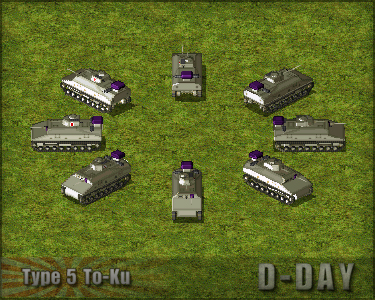
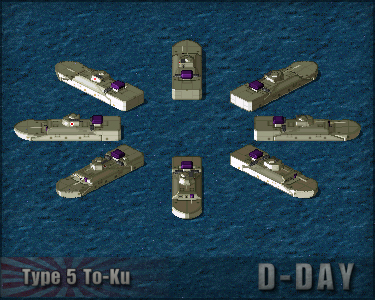
A further development of the Type 3 Ka-Chi, the To-Ku used an improved sloped armour layout to increase protection. The 47mm Type 1 cannon was moved from the turret to the hull and replaced with a 25mm Type 95 gun. The front pontoon was lowered so the 47mm cannon & the bow machine gun could be used while it was in water. Some sources state that a single prototype was completed before the war but no photographic evidence has been found.
I'm going to take a break from units for awhile and work on some new terrain and maps next, so look out for that in a week or two.

No replies to this topic
#1

Posted 15 August 2014 - 11:39 AM
- Graion Dilach likes this
1 user(s) are reading this topic
0 members, 1 guests, 0 anonymous users














